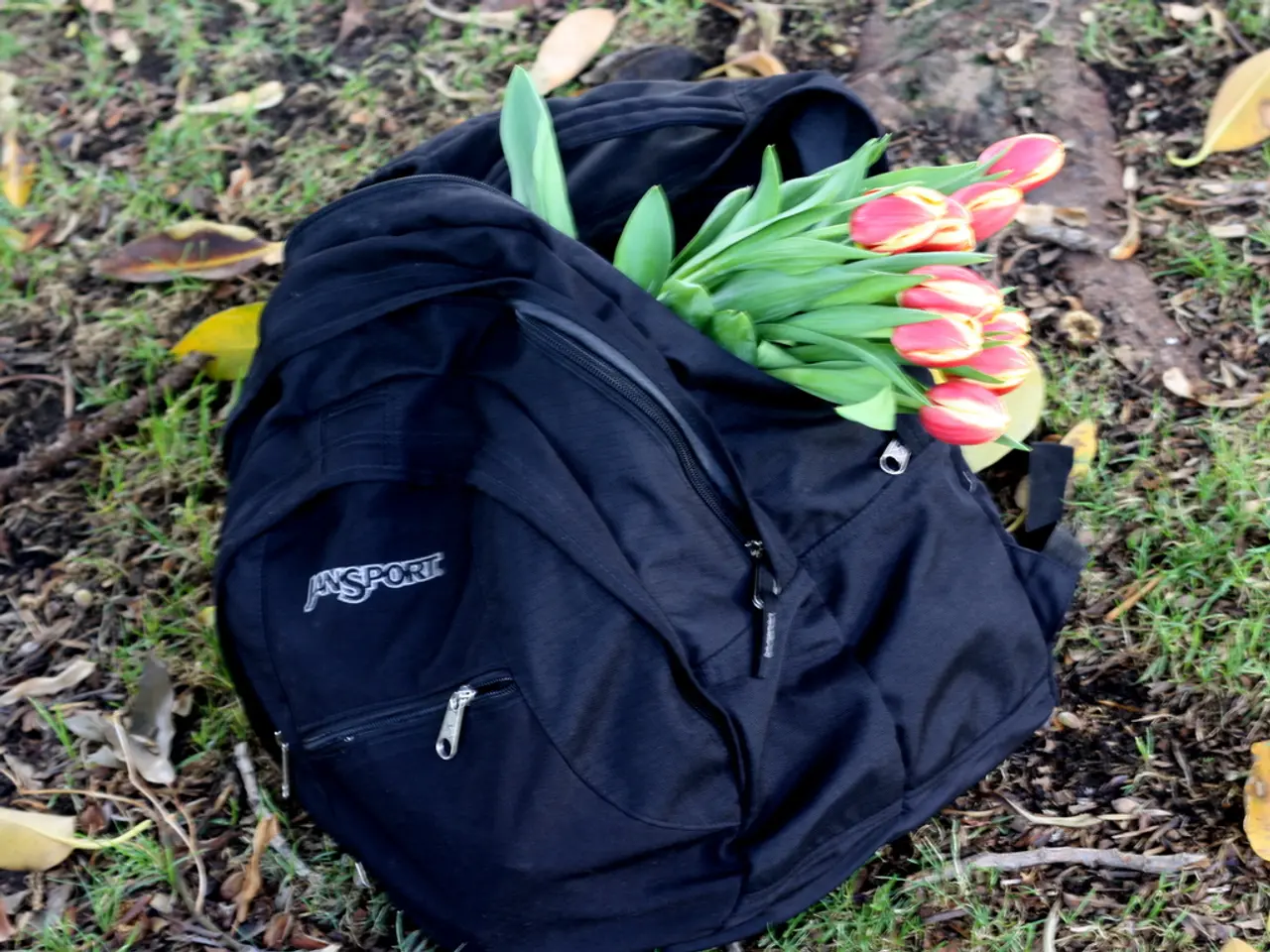Gardening on a Budget: Cost-Effective and DIY Methods for Filling a Raised Flower Bed Immediately
Creating a thriving garden in a raised bed doesn't have to break the bank. With the Hugelkultur technique and some strategic soil amendments, you can cultivate a productive garden at minimal cost.
The Hugelkultur system, originating from Germany, involves layering woody material and other organic matter in the bottom half of a raised bed. This method is both cost-effective and efficient, as you use free or readily available organic debris instead of buying large quantities of soil. The base of a Hugelkultur bed should be filled with logs, twigs, branches, leaves, grass clippings, and organic matter. Over time, the matter in the lower layers breaks down, creating a rich, moist but free-draining growing base.
If you're planting immediately, avoid adding too much green material or kitchen scraps to a Hugelkultur bed. As an alternative, newspaper or cardboard can serve as excellent carbon sources, providing the necessary balance with nitrogen-rich green materials.
Another cost-effective method is compost amendment. Applying 2 to 3 inches of finished compost (such as leaf mold or mushroom compost) to the top of the soil at the start of each growing season replenishes nutrients and boosts soil fertility. You can make your own compost to save costs or purchase affordable compost from nurseries or local composting services.
For a balanced soil blend that ensures good drainage, moisture retention, and nutrient content, consider the following recipes:
- Recipe 1: 40% topsoil, 40% compost, 20% coarse sand. This mix creates a loamy soil suitable for most vegetables. - Recipe 2 (Mel Bartholomew’s Square Foot Gardening mix): 1/3 compost, 1/3 coarse vermiculite, 1/3 peat moss or coco coir. This mix is light, fluffy, and retains moisture well, although some ingredients like vermiculite or peat moss may add to the cost.
Additional amendments such as manure, worm castings, or fertiliser will enhance a Hugelkultur bed before planting, while adding to the cost slightly. To save on delivery fees, consider buying soil in bulk, which is a cheaper option for filling a raised garden bed.
Remember to avoid using painted or pressure-treated wood in the bed base to prevent soil contamination. If critters like moles or voles are a problem, lining the bottom of the bed with hardware cloth before filling can help protect the soil and plants.
By combining the Hugelkultur technique with quality compost and an appropriate soil mix, you can create an optimal growing medium for your raised garden bed at a low cost. Over time, continuous addition of compost and organic matter will further improve soil health and plant productivity.
This article was edited by Melanie Griffiths, and written by Bonnie L. Grant, a professional landscaper with a Certification in Urban Gardening. With these tips, you're well on your way to creating a thriving garden on a budget. Happy gardening!
By adopting the Hugelkultur method, you can create your garden's base using free or affordable organic debris, thereby saving on purchasing large quantities of soil. In addition, cultivating a home-and-garden using the lifestlye of composting will replenish nutrients and boost soil fertility at minimal cost.




